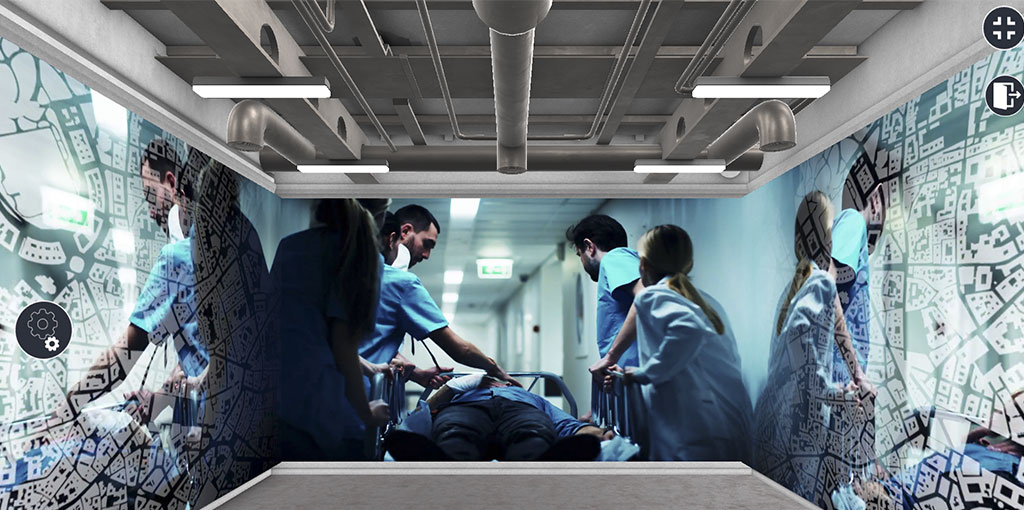How can we help essential medical workers learn remotely? Check out this interview to see how Fernando Salvetti and Barbara Bertagni are integrating the latest trends from digitalization, virtualization and artificial intelligence to build powerful solutions for medical simulation, jointly with the experts from the Center for Medical Simulation in Boston.


Because of COVID-19, many activities formerly held in person are migrating online. With CMS’ Drs. Roxane Gardner and Rebecca Minehart, we are working with the e-REAL online platform to allow simulations in a virtual environment that display challenging situations in 3D. And, unlike other Virtual Reality and Augmented Reality solutions, e-REAL allows users to experience full immersion without the need for glasses or goggles. It is an easy and memorable experience with a robust learning outcome.

We are mixing up the latest trends from digitalization, virtualization and artificial intelligence with the goal of building powerful solutions for medical simulation. For example, we’re experimenting with highly-realistic digital humans and a new generation of avatars to improve communication skills using natural interaction and native languages.
The feedback we most often receive is that people didn’t expect such easy access to an intensely engaging and meaningful experience. We are very happy about this, because our efforts are aimed at designing solutions that empower learning with a strong focus on the user experience, for both the learners and trainers. We believe that flexible and user-friendly solutions are needed in learning. We designed e-REAL in a way that makes this possible.
Our goal is to build significant learning solutions that help educators and “simulationistas” integrate new technologies into their practice that boost learning in easy and effective ways. A large part of our job involves checking on new technologies, designing new solutions, and conducting research on the outcomes in order to help trainers facing the new challenges.
e-Real is at the forefront of a trend that COVID-19 is accelerating.
Because reality in the digital age is becoming more and more virtual and based on being part of shared infospheres. With e-REAL, we are contributing to the growth of an approach that enables a multilayer vision. The many levels of the situation are made available simultaneously by overlaying multiple sources of information, such as words, numbers, images, etc. within an augmented reality display and without needing to wear special glasses. By visualizing relations between topics, contextual factors, cognitive maps, and dynamic cognitive aids, e-REAL improves also the learners’ cognitive retention.
What’s coming up next? A new publication is about to appear, titled Enhanced Reality for Medical Simulation, that we co-wrote with CMS’ Drs. Roxane Gardner and Rebecca Minehart. It is within a book edited by Anthony Lewis Brooks, Sheryl Brenham, Bill Kapralos, Amy Nakajima, Jane Tyerman, Lakhmi Jain, titled Recent Advances in Technologies for Inclusive Well-Being: Virtual Patients, Gamification and Simulation (the publishing house is Springer).
Check out the article:
https://harvardmedsim.org/blog/an-interview-with-fernando-salvetti-and-barbara-bertagni-of-e-real/



